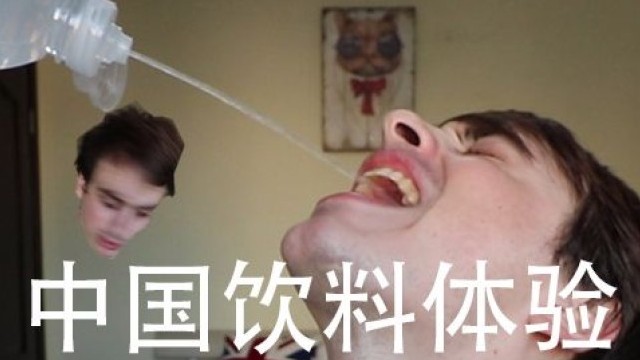奥运会项目Q&A:体操
Gymnastics is very popular all over the world. You have probably seen it on television. Have you ever tried it? Would you like to? Find out about the three different types of gymnastics at the Olympics. How are the events different for men and women?
Part 1: Rules
There are three different events in the Olympic gymnastics programme: artistic, rhythmic and trampoline.
Artistic
•There are three different competitions: team, individual all-around and single events.
•In the team finals gymnasts compete in national teams.
•Both men and women compete on the vault and floor exercises.
•Women also compete on the balance beam and uneven bars.
•Men also compete on the horizontal bar, parallel bars, pommel horse and rings.
•In the all-around finals, the gymnasts are individual competitors and compete on all apparatus.
•In the event finals, the top eight gymnasts on each apparatus compete for medals.
•Judges give scores in two categories: technical and artistic aspects.
Rhythmic
•This is a women-only event. Gymnasts perform on a floor area with a rope, hoop, ball, clubs or ribbon accompanied by music.
•There are individual and team events.
•Scores are given in three categories: difficulty, artistry and execution.
Trampoline
•Gymnasts perform a series of short routines, which contain a variety of twists, bounces and somersaults.
•Scores are given in three categories: difficulty, execution and flight time.
•To compete in the 2012 Olympics, gymnasts must have been born before January 1, 1997.
Part 2: Q&A
I’m not feeling very well today.
You must be out of tune. Try doing some exercise.
Excuse me?
The Ancient Greeks believed that the mind and body could only be in tune if a person did both intellectual and physical exercise. Plato, Aristotle and Homer all encouraged gymnastic exercise.
Did they invent gymnastics?
I don’t know but I’m sure they thought about it!
If gymnastics isn’t what I do in the gym, what is it?
Gymnastics as we know it developed in Germany and Czechoslovakia at the start of the 19th century. The German Friedrich Ludwig Jahn is known as the father of gymnastics and he invented some of the apparatus still used today.
Appa-what?
Apparatus. It means equipment. There is a lot of apparatus in gymnastics. Something to do with the fact that there are a lot of different events.
I heard about events where the men climb ropes and swing clubs.
Ah, not any more. That was a long time ago. Nowadays the apparatus includes the parallel bars, the vault, the rings, the balance beam, the pommel horse...
“pommel horsePommel horse”? Never mind. Did Ludwig Jahn compete at the Olympic Games?
No. He died about 50 years before the modern Olympics began.
When did the first women’s event start?
Actually as far back as 1928.
Some of the most famous gymnasts are women, I think.
That’s right, and very young too. Nadia Comaneci and Nellie Kim both got perfect 10 scores at the 1976 Games when they were 14, but nowadays gymnasts have to be 16 to compete at the Olympics.
By the way, do you know the origin of the word ‘gymnastics’?
It comes from the Greek word for ‘naked’, and early gymnasts used to perform without any clothes on.
Really? That was the Summer Olympics and not the Winter Olympics then?
Ha! Ha!
体操:
体操(gymnastics)一词源于古希腊语,意为裸体技艺,与当时裸体操练有关。体操运动历史悠久,分布广泛,长期以来是人们锻炼身心的重要方式。现代竞技体操始于18世纪的欧洲,有德国体操和瑞典体操两大流派。奥运会体操比赛共包括3个分项,16个小项。3个分项为竞技体操、蹦床和艺术体操。其中竞技体操项目包括男子:自由体操、鞍马、吊环、跳马、双杠、单杠、全能;女子:跳马、高低杠、平衡木、自由体操、全能。蹦床项目包括男子和女子个人决赛。艺术体操包括集体和个人全能。
[Key Words]
gymnastics 体操
artistic 竞技体操:vault 跳马 floor exercises 自由体操 balance beam 平衡木 uneven bars 高低杠 horizontal bar 单杠 parallel bars 双杠 pommel horse鞍马 rings 吊环
rhythmic 艺术体操:rope 绳 hoop 圈 ball 球 clubs 棒 ribbon 带(五种常见器械)
trampoline 蹦床:twists 扭转 bounces 弹跳 somersaults 空翻(常见动作)
team events 团体赛 individual events 个人赛 individual all-around 个人全能 individual single events 个人单项











